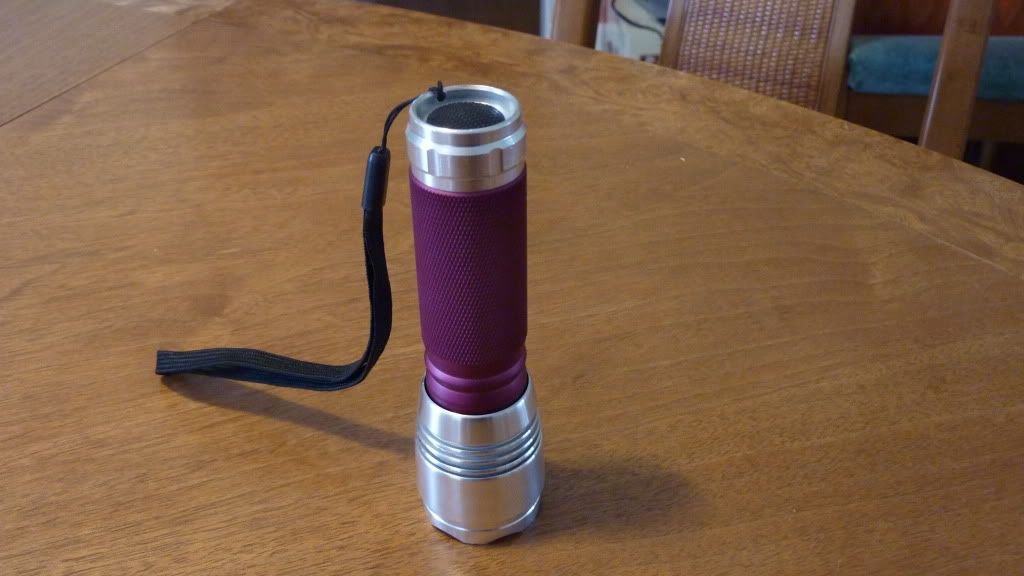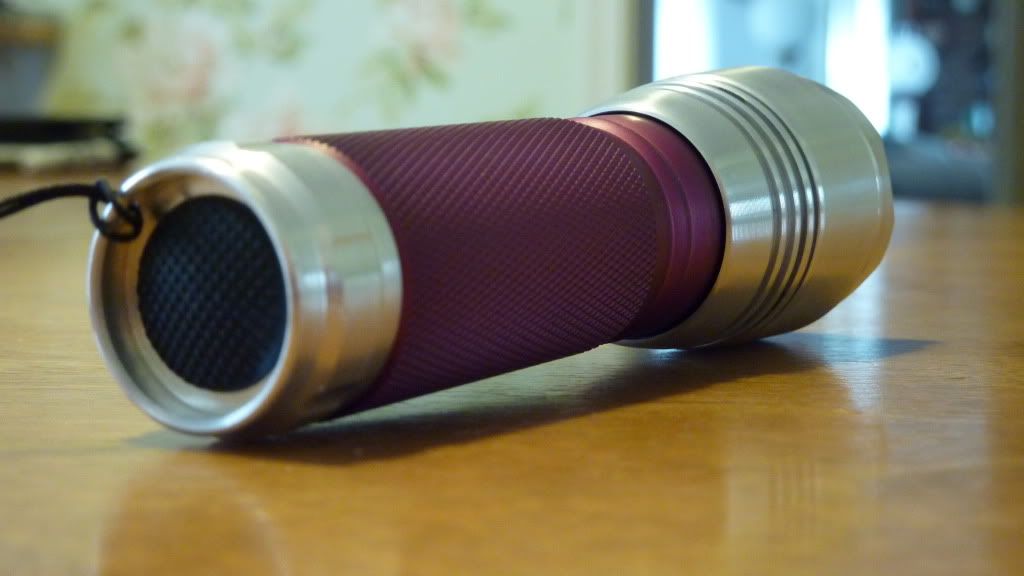There are plenty of how to sites on the internet. I had to study a number of them to get the whole story.
The method is like a recipe, and there are some gotchas that will get in the way of success. For me it was
important to understand EXACTLY what is going on during the process. BTW, Aluminum is a very reactive metal (it oxidizes very easily), however the oxidizing layer is colorless and protects the base metal from oxidizing further. It is also very hard, infact many abrasives are
made of Aluminum oxide.
From reading and my experiance, this seems to be what needs to be done.
1 Clean the aluminum.
2. Anodize it (oxidize it)
3. Stain the oxidized layer.
4. Seal (with mild heat) the oxidized layer so that the stain will not wash out.
now the gotchas.
The aluminum needs to be perfectly clean otherwise the anodizing will not be uniform.
The anode must be central to the cathode otherwise the anodizing will not be uniform (i use an aluminum cylinder for the cathode)
The acid solution can not be allowed to warm up too much, otherwise the anodizing will get sealed before you can stain it
The anodized part needs to be re-cleaned before staining.
The staining needs to start at room temperature, after the right amount of staining has taken place, the dye solution needs to be slowly raised
to about 140F. This will start the sealing process.
Afterwards the part is removed and put in hot water (about 180F) to finish the sealing process.
The detailed process can be found online (Proper acid concentration, current flow, timing, etc.)
I use battery acid ($3.99 for 1 quart at AutoZone)
I had to use Bare aluminum wire to connect the anode, other metals corrode and corrupt the acid
I use a 2 amp car battery charger for the current.
I use RIT fabric dye ($1.66/packet at Walmart) Supermarkets have more colors, but charge a litlle more)
If all goes well, you will have a nicely colored, anodized part.
One other gotcha, When we are trying to re-anodize a flashlight body, there may still be a sealed anodized layer on the body after we remove
the old color. of course this will hinder the staining process.





